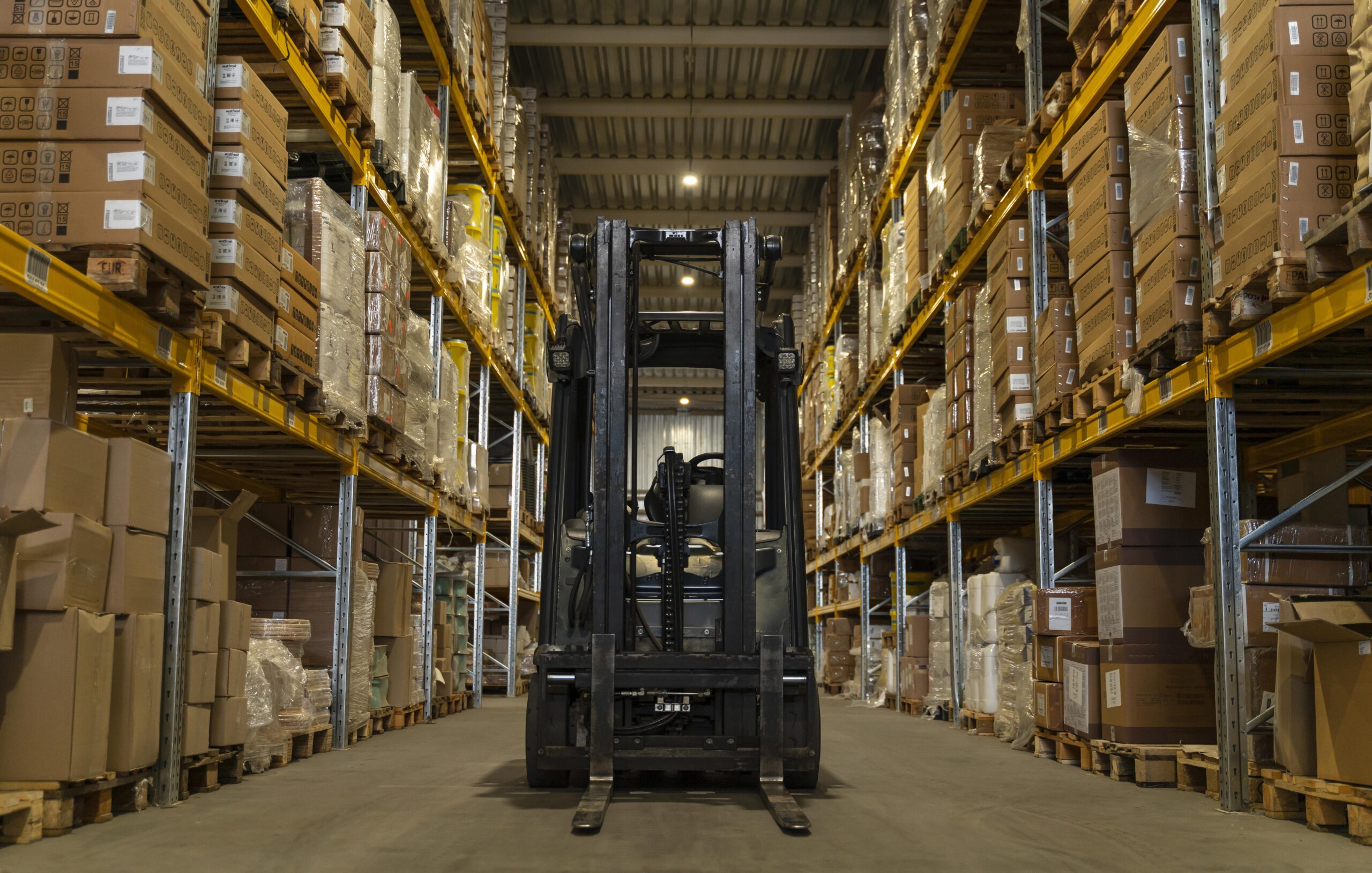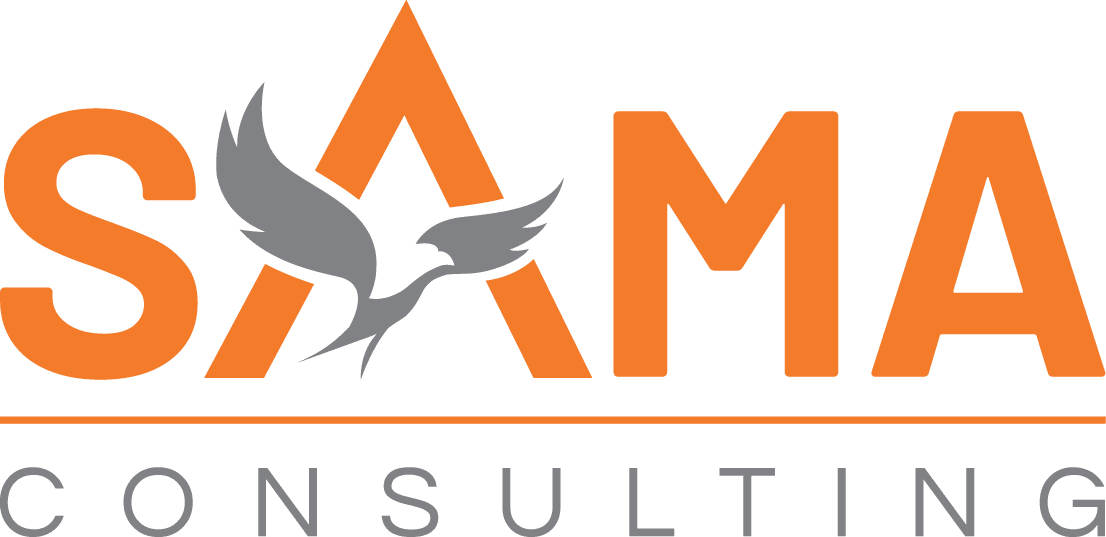
The Ultimate Guide to Infor WMS: Streamlining Your Warehouse Operations
Introduction
In the fast-paced world of logistics, the Infor Warehouse Management System (WMS) is a crucial tool for running modern warehouses. This cloud-based solution simplifies and improves various warehouse tasks, making inventory management, labor management, and supply chain operations more efficient and precise.
Key takeaway: Using advanced warehouse management systems like Infor WMS is vital for improving operations and staying competitive in the market.
What You’ll Learn from This Guide
In this guide, you’ll discover:
- The importance and advantages of using a cloud-based warehouse management system.
- The main features of Infor WMS that boost operational efficiency.
- Real-life examples showcasing successful uses of Infor WMS.
Understanding Infor WMS
Infor Warehouse Management System (WMS) is a sophisticated, cloud-based warehouse management solution classified as a Tier-1 system. It is designed to streamline and optimize various warehouse operations, ensuring seamless integration with other supply chain processes.
Benefits of Adopting a Cloud-Based Solution
Implementing a cloud-based WMS like Infor offers numerous advantages:
- Real-Time Inventory Visibility: Enables tracking of inventory levels across multiple locations, ensuring accurate stock management and reducing the risk of stockouts or overstocking.
- Stock Optimization: Utilizes demand forecasting to maintain optimal stock levels, reducing holding costs and improving order fulfillment rates.
- Labor Efficiency and Workforce Optimization: Tools for monitoring workflows and equipment usage help identify bottlenecks, streamline processes, and enhance overall labor productivity.
- Automated Order Processing: Automation technologies integrated within Infor WMS facilitate faster and more accurate order processing, from picking to shipping.
- Enhanced Customer Satisfaction: Improved efficiency and accuracy in warehouse operations lead to timely deliveries, boosting customer satisfaction.
Transitioning to a cloud-based platform not only modernizes warehouse operations but also provides scalability and flexibility essential for adapting to changing market demands.
Looking to enhance your Warehouse Operations?
Leverage our Infor WMS expertise to boost your inventory accuracy, warehouse efficiency, and streamlined order fulfillment .

Key Features of Infor WMS
-
Real-Time Inventory Visibility with LPN Controlled Tracking
Maintaining accurate stock levels is critical in warehouse operations to avoid costly disruptions and ensure customer satisfaction. Inaccurate inventory can lead to stockouts, resulting in missed sales opportunities or overstocking, which ties up capital and increases storage costs.
LPN controlled tracking enhances accuracy by assigning unique license plate numbers (LPNs) to each item or pallet throughout its journey within the warehouse. This system ensures:
- Precise Tracking: Every movement of goods is meticulously recorded, ensuring that inventory records are always up-to-date.
- Error Reduction: By eliminating manual entry errors, the system minimizes discrepancies between physical stock and recorded data.
- Enhanced Efficiency: Workers can quickly locate items using the LPN system, reducing search times and speeding up order fulfillment processes.
Example: A retail company using Infor WMS implemented LPN controlled tracking, which led to a 30% reduction in stock discrepancies and a 20% improvement in order fulfillment speed.
-
Optimizing Labor Efficiency and Workforce Performance Monitoring Tools in Your Warehouse Operations
Optimizing labor efficiency in warehouse operations requires the right tools and strategies to ensure workers can perform their tasks quickly and accurately. Infor WMS stands out in the market due to its advanced capabilities designed to streamline workforce performance.
Mobile Devices with Barcode Scanners or RFID Readers
These tools empower workers to scan items during picking or packing processes swiftly. This reduces manual entry errors and increases throughput rates, ensuring that inventory data remains accurate and up-to-date.
Incentive Programs Based on Productivity Levels
Implementing performance-based incentive programs can motivate staff to maintain high productivity without sacrificing quality. By tracking individual team members’ productivity levels through Infor WMS, managers can create tailored incentive plans that reward top performers, fostering a culture of efficiency and excellence.
With these features, Infor WMS enhances labor efficiency by reducing errors and increasing worker motivation, which are critical components for optimal warehouse operations.
-
Accelerating Order Fulfillment Processes Through Automation Technologies Integrated Within Infor WMS Solutions
Automation technologies are crucial for improving the efficiency of order fulfillment processes in Infor WMS solutions. These advanced systems use robotic process automation (RPA) to make various tasks easier. For example, RPA can automatically generate shipping labels once an order has been picked and packed correctly according to specified requirements.
Key features that set Infor WMS apart from other solutions include:
- Real-Time Inventory Visibility: With LPN controlled tracking, each item or pallet is assigned a unique license plate number, enabling precise tracking throughout the warehouse.
- Labor Performance Monitoring Tools: Mobile devices equipped with barcode scanners or RFID readers help reduce manual entry errors and speed up throughput rates.
- Order Fulfillment Automation: The integration of RPA ensures seamless generation of necessary documentation, reducing human error and expediting the shipping process.
- 3D Visualization Tools for Warehouses: Virtual models created by specialized software provide insights into workflows, aiding in better space utilization and operational efficiency.
- Embedded Analytics in Supply Chain Management: These tools offer real-time data on key performance metrics, facilitating informed decision-making and continuous improvement.
Adopting these automation technologies not only boosts productivity but also enhances customer satisfaction by ensuring timely and accurate order fulfillment.
-
Enhancing Operational Efficiency With 3D Visualization Tools And Embedded Analytics Capabilities Built Into The System’s Architecture
Infor WMS leverages 3D visualization tools to provide a comprehensive view of warehouse operations. By creating virtual models, managers can better understand how different areas within the facility interact. This enhanced visibility leads to:
- Improved space utilization rates: Optimizing the layout and storage strategies through visual representation helps in identifying unused spaces and rearranging assets for maximum efficiency.
- Early identification of bottlenecks: Visual models highlight workflow delays, enabling quicker corrective actions.
Embedded analytics capabilities within Infor WMS empower decision-makers with real-time data insights:
- Operational efficiency improvement strategies: Analytics offer detailed reports on key performance indicators (KPIs), facilitating informed decisions.
- Enhanced supply chain management: Real-time inventory tracking benefits include immediate visibility into stock levels, reducing both overstocking and stockouts.
These advanced features set Infor WMS apart from other solutions in the market by integrating real-time inventory visibility, labor performance monitoring tools, and order fulfillment automation into its core architecture.
Real-World Impact: Case Studies of Businesses That Have Successfully Implemented Infor WMS Solutions To Optimize Their Warehouse Operations
Businesses across various industries have reaped significant benefits from implementing Infor WMS solutions. Below are two compelling success stories:
Company A: Retail Industry
Challenges:
- High inventory holding costs due to inaccurate demand forecasting
- Inefficient order processing leading to customer dissatisfaction
Solutions & Results:
Infor WMS enabled this retailer to achieve real-time inventory visibility across multiple locations. By leveraging advanced analytics and demand forecasting, they reduced excess stock while ensuring optimal inventory levels.
- Real-time inventory tracking: Improved accuracy and reduced holding costs by 15%
- Order processing automation: Enhanced customer satisfaction with a 20% reduction in delivery times
Company B: Manufacturing Sector
Challenges:
- Suboptimal space utilization within the warehouse
- Labor inefficiencies affecting overall operational throughput
Solutions & Results:
Using 3D visualization tools and labor management modules of Infor WMS, this manufacturer optimized their warehouse layout and workforce performance.
- 3D visualization: Achieved better space utilization, freeing up 10% more storage capacity
- Workforce optimization: Increased labor productivity by 25% through performance monitoring and incentive programs
These case studies underscore the transformative potential of adopting Infor WMS. Enhanced visibility, automation, and analytics foster an agile, responsive approach to modern warehouse management.
Looking to enhance your Warehouse Operations?
Leverage our Infor WMS expertise to boost your inventory accuracy, warehouse efficiency, and streamlined order fulfillment .

